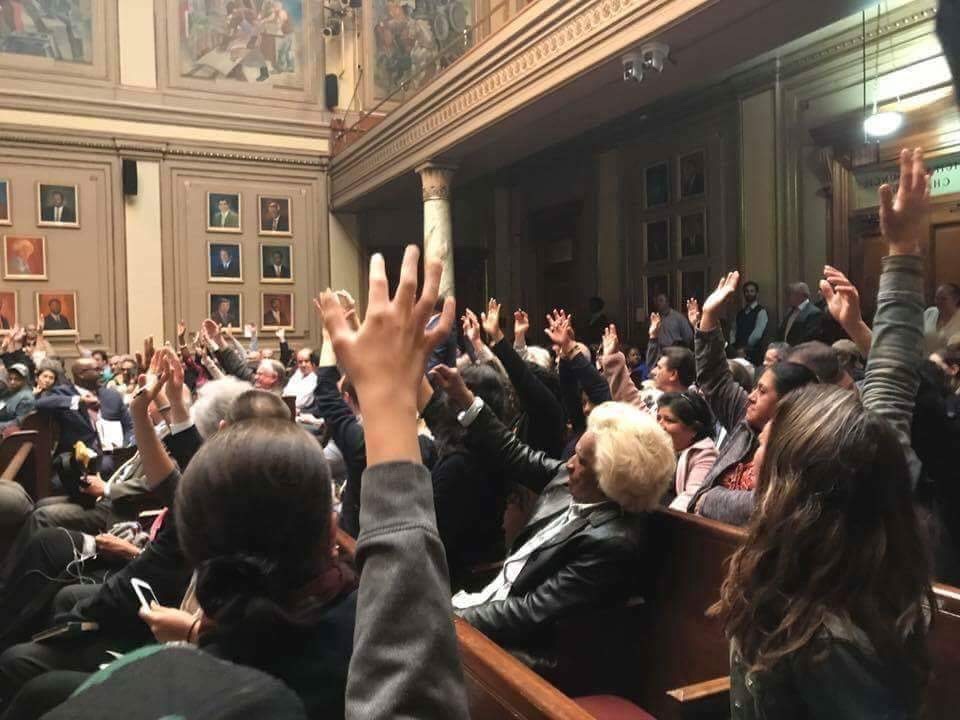Ultimately, architecture’s main goal is to create, provide, and alter the existing condition to an improved state. Every single day we as a profession, and a student body, design environments that aim to progress society. However, whether it be theoretical or professional, do our projects actually impact and benefit all of society?
When referring to architecture, accessibility means the ease to use or utilize the power of design. Today, we are recognizing the effects of negative and positive environments on a person’s mood, a community’s feeling, and a city’s atmosphere. Over time, we see some neighborhood dilapidated and other communities gentrifying. It is important for our industry to provide access to design to both those ‘with’ and ‘without’.
There are several ways we as a profession, and student body can get involved in our local communities and transform bulky, limited, projects to become more universally beneficial developments. The AIAS student-led program, Freedom By Design, has chapters across the country that provide neighborhoods access to pro-bono work from local students. Various projects such as designing and building courtyards, parks, ramps, and homes can progress the quality of life for the local population. In addition, this can start conversations between architecture students, and their local communities about how design can positively impact the area.
Another example of providing accessibility to design, is joining a local advocacy-driven planning/architecture organization. PLANewark is a coalition of residents, planners, architects, and designers whose goal is, “to build a vibrant and reinvigorated Newark through equitable and sustainable, environment, land-use, and transportation planning practices.” Located in Newark, NJ, several former AIAS New Jersey Institute of Technology members have become involved with the organization following graduation. This organization provides quality design resources, planning information, and breaks down zoning and planning into information that is easily understood.
Tyler Tourville, the chair of PLANewark and a former AIAS member, explains the importance of providing access to design, and why it is necessary that we as students, and professionals, advocate for universally beneficial projects. Tourville explains that PLANewark, “provides a bridge between community values, urban design, and land-use law. Through this process, we also educate community members about the importance and benefits of good quality urban design which will affect the daily lives of current and future citizens of Newark.” American communities can be positively impacted by local community organizations equivalent to neighborhood associations, parent associations, or advocacy organizations. Tourville believes that “Architecture and Urban Design can affect everyone in ways that most people don’t realize. A negative environment can have profound effects on multiple generations because buildings are fixtures in our environment that last for decades.” As students and later professionals, we must advocate for our local communities and like Tyler Tourville and PLANewark, we must “empower other residents and community organizations to express their concerns about design so that we all have a better place to live.” By advocating for accessibility to design or completing pro-bono work, we as a society will witness a change of life, increased happiness, improved productivity, and better quality design. Check out the following links to various advocacy organizations and pro-bono organizations that provide accessibility to design!










